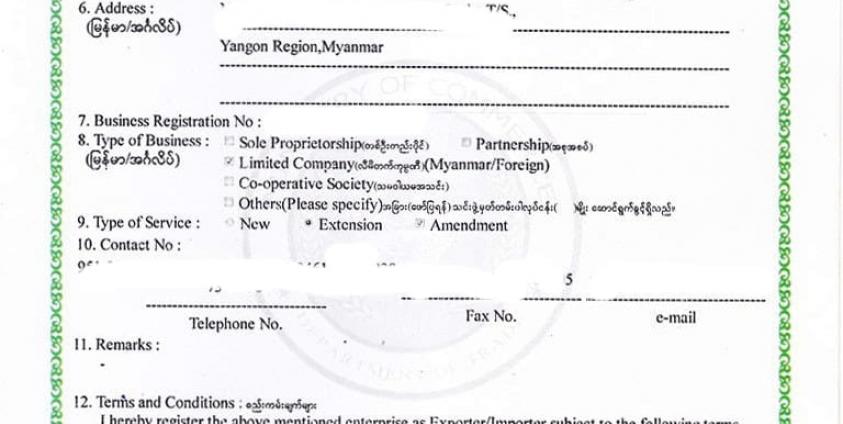The military council’s directive to apply for licenses for items that do not require an export license is an attempt to control the entire trade sector, and it may result in further trade reductions, the economists and exporters told Than Lwin Times.
On March 22, the Department of Trade under the military council issued an instruction on March 22 that commodity lines that did not need to apply for an export license must apply for it on the Myanmar Tradenet 2.0 system from April 1.
It is stated in the statement that traders are asked to apply for export licenses in order to facilitate the issuance of import and export licenses necessary for trade activities and to carry out the export and import processes in an orderly manner.
The directive states that for goods exported by sea or border trade, they must apply for an export license on the Myanmar Tradenet 2.0 system, otherwise, the goods will be allowed to be exported.
An economist opined that the requirement to apply for an export license for commodity lines that do not need to apply for an export license may become a barrier to trade, and this would show a high demand for foreign exchange.
The current instruction of the military council is to exchange 65 percent of the export income with Myanmar currency for the purpose of generating more foreign income, but this will not be effective and may further reduce the export sector and foreign income in the long run, according to experts.
In addition, due to the military council’s unwanted control over the export and import sectors, businessmen have considered that in the long run, it may become difficult for export and import businesses to continue, and smuggling activities may grow.
Starting on November 21 last year, the military council ordered 65 percent of the export earnings of agricultural products such as beans and pulses, oilseeds, corn, rubber, and aquatic products to be exchanged for Myanmar currency according to the central bank’s reference price.
In addition, since February 23, the military council has ordered 65 percent of the export earnings from the export of rice and rice products to be exchanged for Myanmar currency according to the exchange rate set by the central bank.
Myanmar primarily exports rice and rice products, as well as beans, oilseeds, corn, rubber, and aquatic products, while importing basic food, consumer goods, machinery, construction materials, electronic equipment, and general commodities from other countries.







